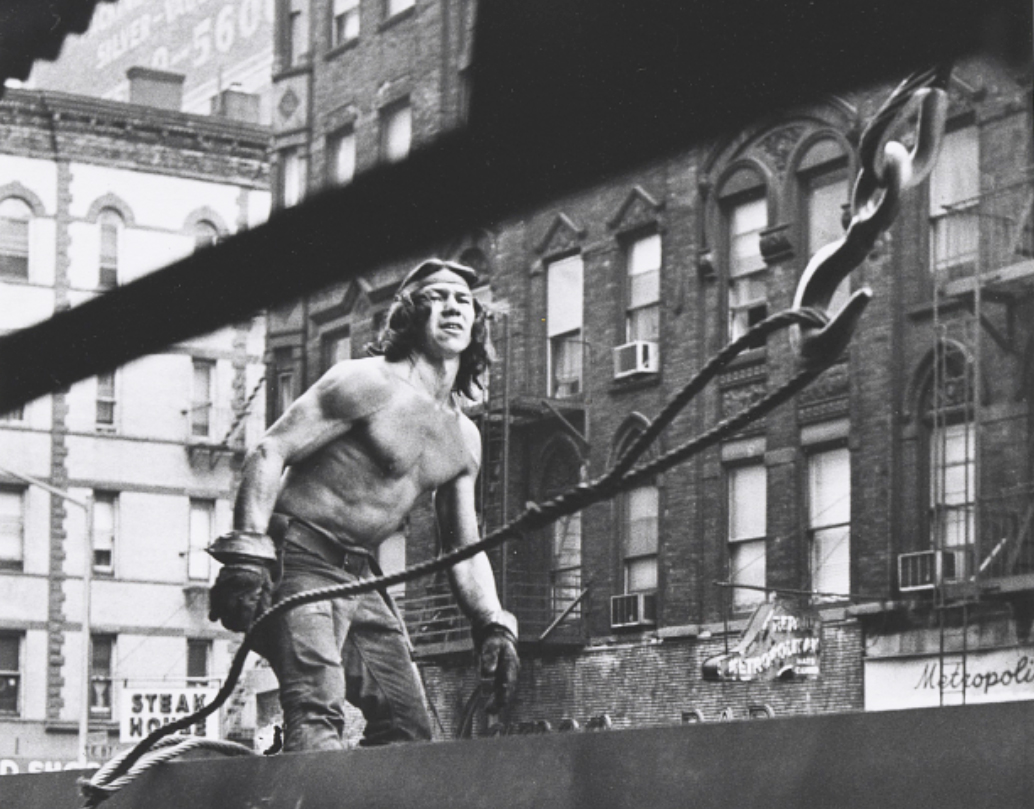- Banned
- #1
Peter Cozzens, The Earth Is Weeping: The Epic Story of the Indian Wars for the American West, Alfred A. Knopf, 2016, 576 pp., $35.00.
I'd like to read it- but, for 35 bucks, I'll pass- it does, however, offer a counter to Bury My Heart at Wounded Knee- which I have read and have the book.
My sympathies lie with the Indians. I'll say that up-front- their homes were invaded. Period. It seems to me a prelude to what the US was to become. (see a comment from the website below)
One thing I noticed in the review is; there's no mention of the Comanche- I wonder at that.
American Settlers Meet Spartans
I was thinking of this conflict today after reading about peace talks with “the Taliban”. They are not one group with centralized control, just like the Indians, who had separate tribes with different languages. And each tribe had different groups, and even the chief of each tribal group lacked total control of all his warriors.
So the US Government could never sign a peace deal with “the Indians” and we can never sign a peace deal with “the Taliban.” We just need to leave.
I'd like to read it- but, for 35 bucks, I'll pass- it does, however, offer a counter to Bury My Heart at Wounded Knee- which I have read and have the book.
My sympathies lie with the Indians. I'll say that up-front- their homes were invaded. Period. It seems to me a prelude to what the US was to become. (see a comment from the website below)
One thing I noticed in the review is; there's no mention of the Comanche- I wonder at that.
American Settlers Meet Spartans
I was thinking of this conflict today after reading about peace talks with “the Taliban”. They are not one group with centralized control, just like the Indians, who had separate tribes with different languages. And each tribe had different groups, and even the chief of each tribal group lacked total control of all his warriors.
So the US Government could never sign a peace deal with “the Indians” and we can never sign a peace deal with “the Taliban.” We just need to leave.

 99-104
99-104
